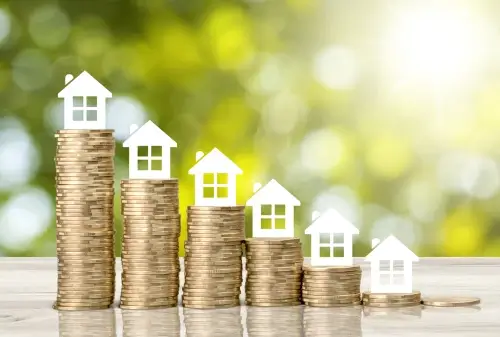

For those stepping into the realm of home financing for the first time, the intricacies of mortgage terms can be perplexing. In this article, we'll embark on discussing the concept of amortization – a cornerstone principle in the world of mortgages – and shed some light on its profound interplay with the growth of home equity.
Amortization Deconstructed
Amortization, at its core, entails the systematic process of repaying a mortgage loan through structured installments over a designated period. Instead of facing the impossible task of repaying the entire loan amount upfront, borrowers make regular payments, usually monthly, that encompass two core elements: the interest and the principal.
For instance, let's consider a $250,000 mortgage at a fixed interest rate of 4% over 30 years. In the initial year, the monthly payment of approximately $1,193 might be composed of around $833 toward interest and $360 toward the principal. As time progresses, the dynamic changes. By the 15th year, the monthly payment remains unchanged, but now approximately $385 goes to interest, and $808 tackles the principal.
The Dynamics of Equity Growth
Equity, a pivotal facet of homeownership, represents the portion of the property owned outright by the homeowner. It can be visualized as a growing slice of ownership within the property's value. So, how does amortization influence the path of equity?
In the early stages of a mortgage, a substantial chunk of the monthly payment primarily services the interest, leading to a gradual uptick in equity. For instance, in the first year of the aforementioned mortgage, the homeowner might accrue around $1,440 in equity.
Nonetheless, this landscape transforms over time. As the mortgage matures, a greater share of the monthly payment is directed toward chipping away at the principal. This transition becomes palpable around the 20th year, where the homeowner's equity growth accelerates significantly. By year 20, the equity accumulation might surge to approximately $56,000, showcasing how the faster a borrower pays down the loan principal, the more exponential their equity growth.
Strategies for Quicker Equity
Strategic maneuvers can be employed to speed up the process of earning equity. One potent strategy involves channeling additional funds into the principal. Imagine the homeowner in our scenario decides to contribute an extra $100 each month toward the principal. This seemingly modest decision yields impressive outcomes.
By the 15th year, instead of $808 going toward the principal, the homeowner's additional $100 would boost that contribution to $908. This seemingly minor monthly addition could lead to shaving off several years from the mortgage term and accumulating over $30,000 in additional equity by the 20th year.
Concluding Reflections: Navigating the Home Financing Odyssey
In the realm of mortgages, comprehending amortization isn't merely an exercise in technicality; it's like wielding a navigational compass for the journey to homeownership. Every monthly installment isn't solely a monetary transaction; it's a deliberate step toward expanding ownership within the property.
The symbiotic connection between amortization and home equity underscores the transformative power of responsible homeownership. Numerical examples bring these concepts to life, illustrating the profound implications of even modest changes in approach. As individuals embark on this odyssey, they illuminate the path to greater wealth and financial independence.
Give us a call today if you have any questions!

